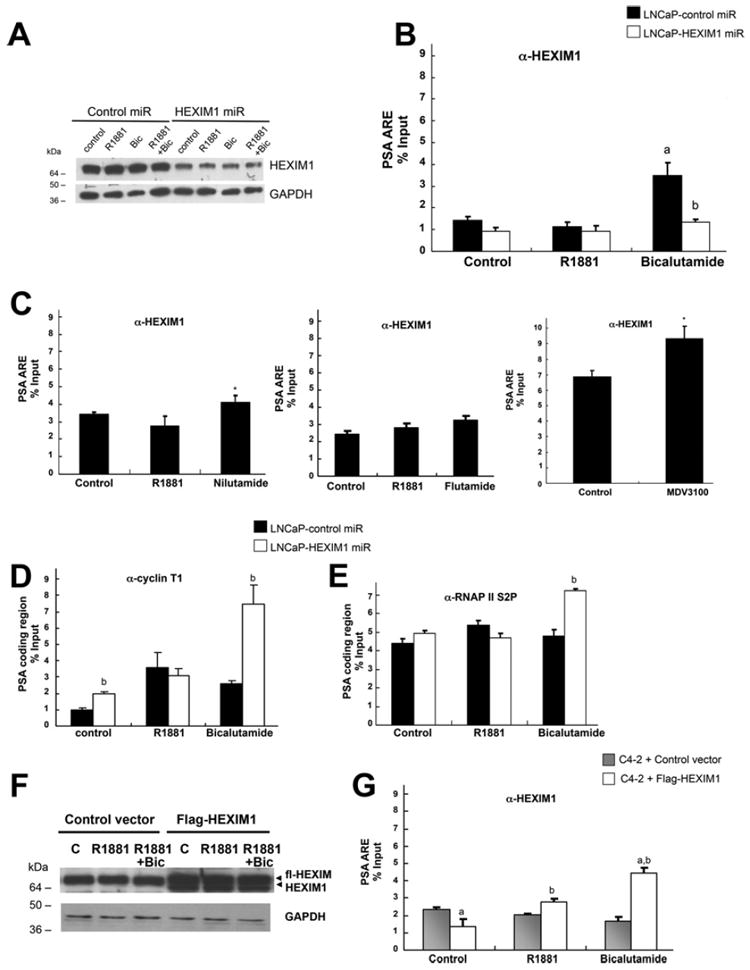Figure 3. Recruitment patterns of HEXIM1 and transcriptional elongation factors in LNCaP cells.

LNCaP cells stably transfected with control or HEXIM1miR were treated with vehicle, 10 nm R1881 or 10 μM bicalutamide (Bic), nulatimide, flutamide or MDV3100 for 90 min. (A) Cells were processed for Western blot analyses of HEXIM1 relative to the GAPDH loading control. Also shown are ChIP analyses of lysates immunoprecipitated with antibodies against HEXIM1 (B and C), cyclin T1 (D), RNAPII phosphorylated at Ser2 (E) or control non-specific rabbit Ig, followed by PCR amplification of the proximal ARE-containing region or the coding region of the PSA promoter. C4-2 cells transfected with control vector or expression vector for FLAG-tagged HEXIM1 (fl-HEXIM1) were treated with vehicle, 10 nm R1881 or 10 μM bicalutamide for 90 min. (F) Cells were processed for Western blot analyses of HEXIM1 relative to the GAPDH loading control. (G) ChIP analyses of lysates immunoprecipitated with antibodies against HEXIM1. The results are means±S.E.M. of three independent experiments. *P <0.05 relative to vehicle treated cells, aP <0.05 relative to R1881 alone and bP <0.05 relative to control transfected cells with the same treatment.
